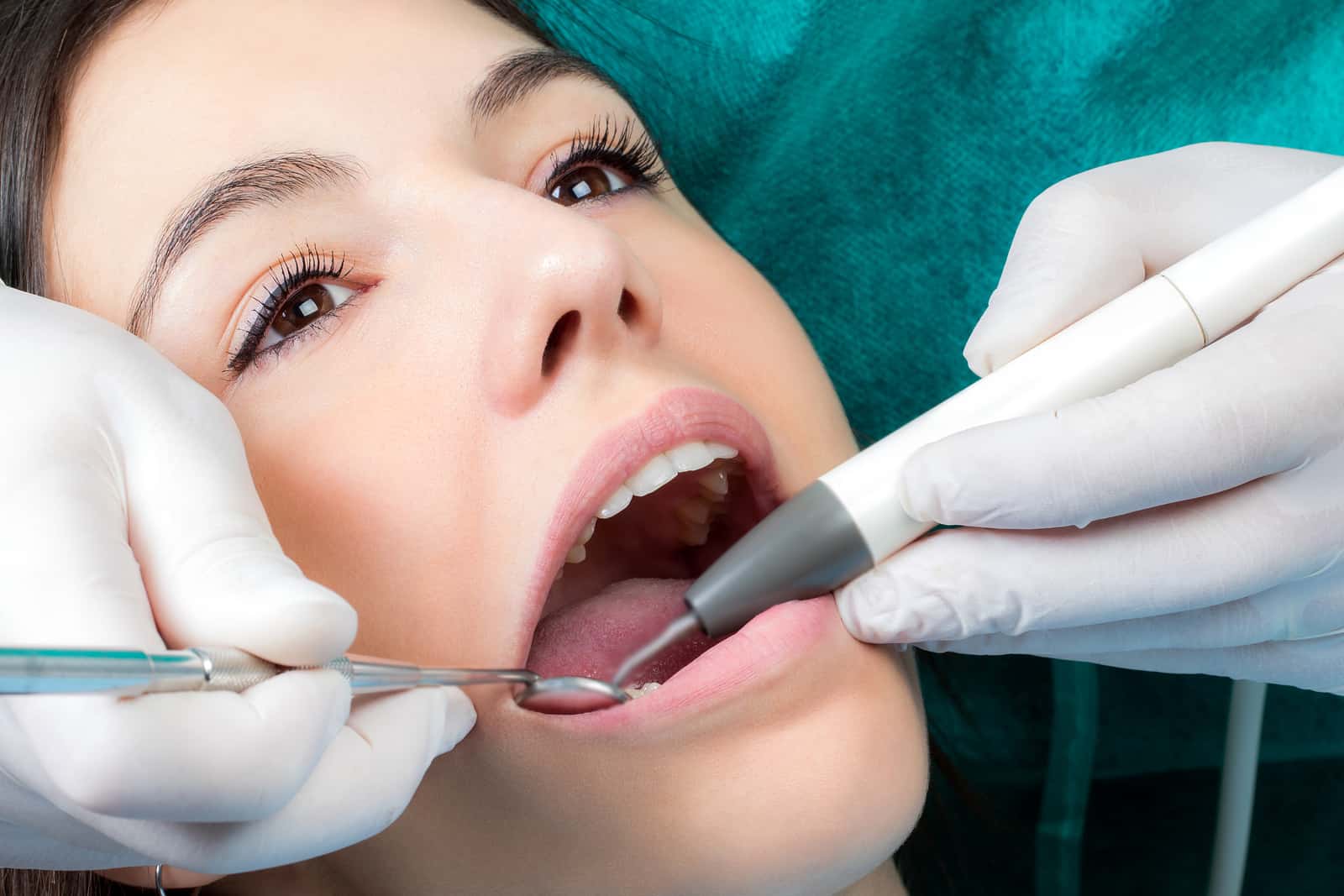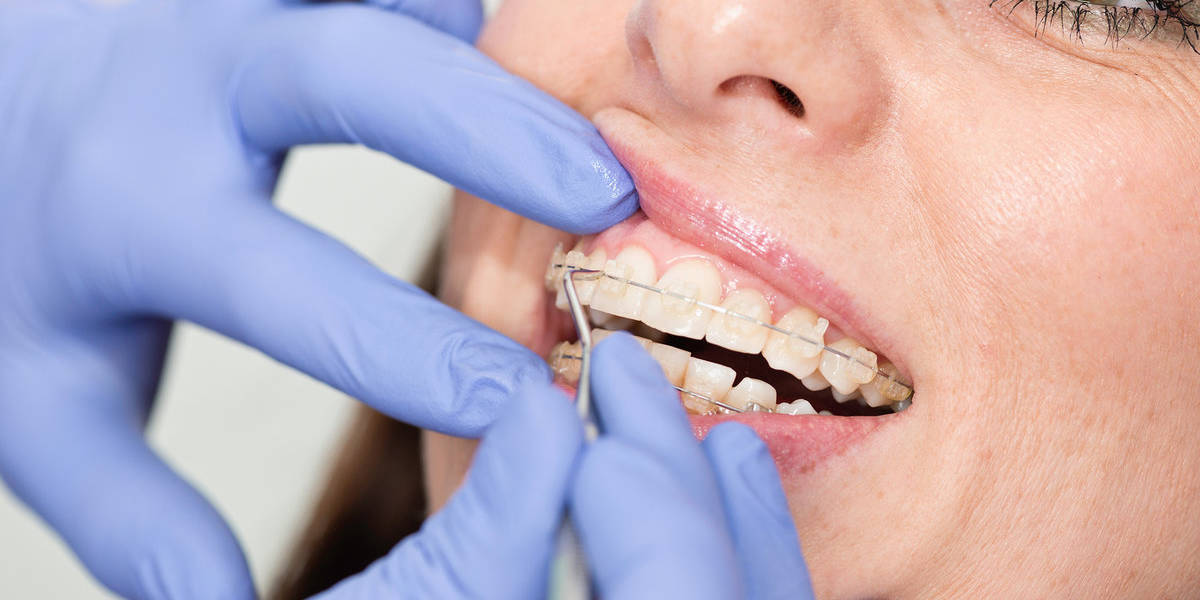
Your smile is one of the best assets that you can proudly flaunt. However, maintaining its health and beauty is not as easy as it seems. You need to invest your time, money, and effort to keep those pearly whites beaming. Without commitment and consistency, you quickly lose your teeth to decay and damage. To restore your tooth’s function and beauty, dental bonding is one of your best options to consider.
Dental bonding
Tooth bonding is one of cosmetic dentistry’s least expensive and most effective treatments. The procedure is non-invasive and straightforward, so it is done in a single appointment. It uses a bonding material, either resin or plastic, to cover the damage on the tooth.
Procedure
Typically, the process begins with tooth preparation. The dentist needs to reshape the tooth first before applying the resin. Reshaping the tooth doesn’t require much, so anesthetics are usually unnecessary. If your dentist gives you anesthesia anyway, it is to help you feel at ease. Another reason for using anesthetics is if the bonding is done to fill in a decayed tooth.
After that, the dentist uses a shade guide to match the bonding material’s colour to the rest of the sheen of your teeth.
Then, the dentist puts conditioning liquid on the tooth to roughen the surface. A technique, so the bonding material adheres appropriately.
It’s time to place the resin material on the prepared tooth. The dentist will shape it until it forms into the desired appearance.
The bonding material needs to harden in place, so the dentist uses a blue or laser light over it. They do this for a minute or two with intervals to make sure the bonding sets.
Once it is hard, the dentist will further shape it and polish it to give it a brand new finished look.
Who are the candidates for dental bonding?
You may consider tooth bonding if you have the following dental conditions:
- Uneven teeth
- Teeth that look small
- Teeth discolouration
- Gapped teeth
- Chipped or cracked teeth due to accident
- Exposed tooth roots from gum recession
- Damaged teeth due to decay
Cost
On average, bonding a tooth can cost around CAD 200 to CAD 400. Relatively, this is an affordable price comparing to the other cosmetic dentistry treatments. That includes getting veneers or implants with restoration. The bill can even go lower or even cheaper if you can talk with your dentist regarding flexible payment plans. Although dental insurance does not cover cosmetic procedures, pretty much dental offices offer payment terms at your benefit.
Nevertheless, this price is only a reference. It varies for each dental practice, and the following are several factors that may affect your dental bill.
Coverage
The coverage of the treatment includes the size of the affected area that needs bonding. Considering that there is only a tiny portion to fill, it will be the lower price for your bill. However, if the coverage is more extensive it should add more to the cost.
Number of affected teeth
It also takes into account how many teeth need bonding. Since the cost is basically per tooth, this means that the price goes up if there are more teeth involved.
Location of the teeth
The bonding material works best for the front teeth. Sometimes, dentists will not recommend this treatment if the affected teeth are found at the back, like the molars. That’s because the chewing forces are greater in that area and the bonding material might not endure. If the molar really needs such a procedure, the dentist will choose a more durable bonding material which also affects your treatment cost.
Dentist’s expertise
More experienced dentists might charge more. Nevertheless, they’re your best option at getting the best possible outcome of your dental cosmetic treatment.
Demography
If the location of the dental office lies in the heart of the city, or town, there are chances that it costs more to get a tooth bonding there.
Other necessary treatments
In some cases, you will receive other dental treatments other than the bonding. For instance, if the bonding is to fill a cavity, cleaning the infected tooth is another procedure which is another quoting.
Don’t hesitate to reach out to your Markham dentist if you want to know the exact quotation for your dental problem.











